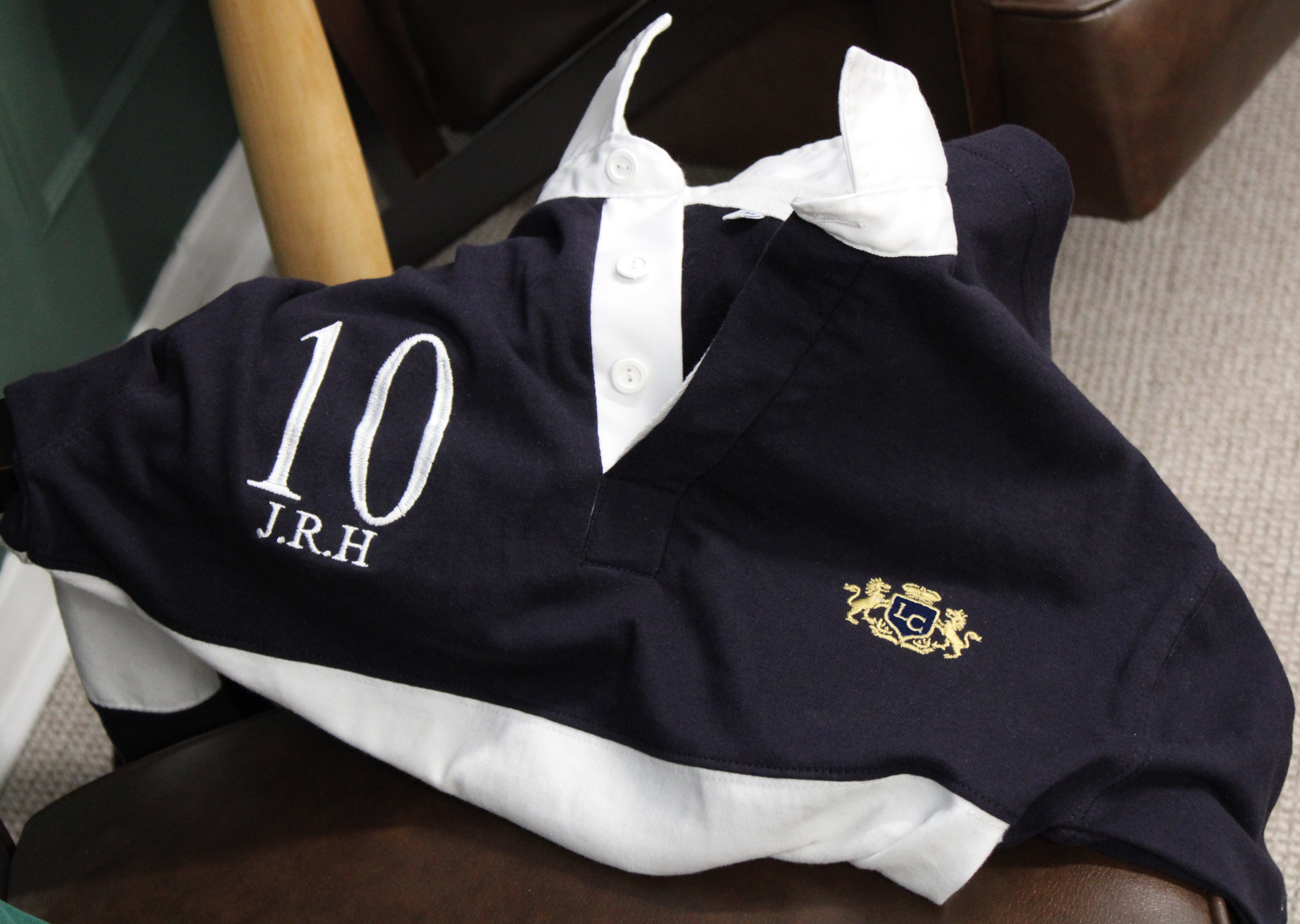Article: From Scrum to Streetwear: The History of the Classic Cotton Rugby Shirt

From Scrum to Streetwear: The History of the Classic Cotton Rugby Shirt
Before it found its way into fashion collections and city streets, the rugby shirt was forged in the mud, sweat, and intensity of the rugby pitch. With its bold stripes, stiff collar, and unmistakably athletic silhouette, the classic cotton rugby shirt is a piece that tells a story—of sport, subculture, and enduring style.
The Origins: Built for the Game
The rugby shirt was born out of necessity in the 19th century, during the early days of rugby football in England. Unlike soccer, rugby was a full-contact sport, and players needed a durable, functional garment that could withstand rough tackles and harsh outdoor conditions.
Enter the heavy-duty cotton jersey, designed to survive the rigors of the sport. Early rugby shirts featured:
-
Thick cotton fabric for durability.
-
Rubber buttons, less likely to injure players during tackles.
-
A white or contrasting collar, which gave a clean-cut, team-uniform look.
-
Horizontal stripes (also known as hoops) for better team visibility on the field.
The shirt wasn’t just about style—it was all about utility. Every feature served a purpose in battle on the pitch.
Mid-Century: Symbol of Team and Tradition
By the mid-20th century, the rugby shirt had become a symbol of school and national pride, particularly in the UK, New Zealand, Australia, and South Africa. Worn by elite school teams and national squads alike, the design remained largely unchanged—bold, straightforward, and unmistakably masculine.
But even off the field, it started to gain casual appeal, worn by students and fans who identified with their teams.
The 1980s–1990s: The Style Crossover
It wasn’t until the 1980s and ‘90s that the rugby shirt really began to cross over into mainstream fashion. Brands like Ralph Lauren and Tommy Hilfiger saw potential in the shirt’s preppy, athletic aesthetic. They borrowed the design—sometimes tweaking colors or proportions—and brought it into the fashion fold.
Suddenly, the rugby shirt was no longer just a sporty uniform; it was a style statement. Worn oversized, layered over jeans or chinos, and paired with loafers or sneakers, it became part of the preppy, Ivy League-inspired wardrobe.
Meanwhile, in urban fashion circles, the rugby shirt also became a staple—particularly among hip-hop artists in the ‘90s, who embraced the bold stripes and retro athletic energy.
2000s to Now: A Retro Staple with Enduring Appeal
Today, the cotton rugby shirt sits comfortably between heritage and hype. Modern brands—from Noah and Rowing Blazers to Supreme and Palace—have revisited the rugby shirt, remixing it with fresh colors, logos, and fits.
But the essence remains the same: sturdy cotton, contrasting collars, bold stripes. It’s that mix of tradition and rebellion that makes the rugby shirt special—it nods to prep school fields and underground style movements all at once.
Why It Still Works
So why does the rugby shirt endure? It’s:
-
Timeless: Few pieces have stayed so consistent for over a century.
-
Versatile: Dress it up, dress it down, layer it or let it stand alone.
-
Iconic: From the All Blacks to Polo Ralph Lauren, it’s instantly recognizable.
Final Thoughts
The rugby shirt is a rare thing: a piece of sportswear that’s not just functional, but culturally rich and fashionably relevant. Whether you wear it for its roots in the game, its preppy nostalgia, or its streetwear credibility, the classic cotton rugby shirt carries a history that’s worth wearing proudly.


Leave a comment
This site is protected by hCaptcha and the hCaptcha Privacy Policy and Terms of Service apply.